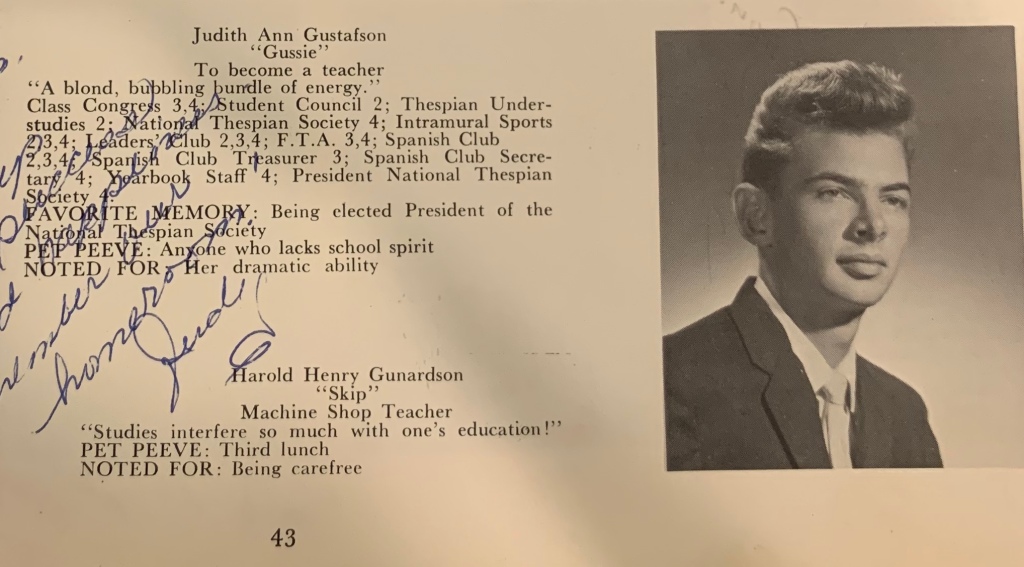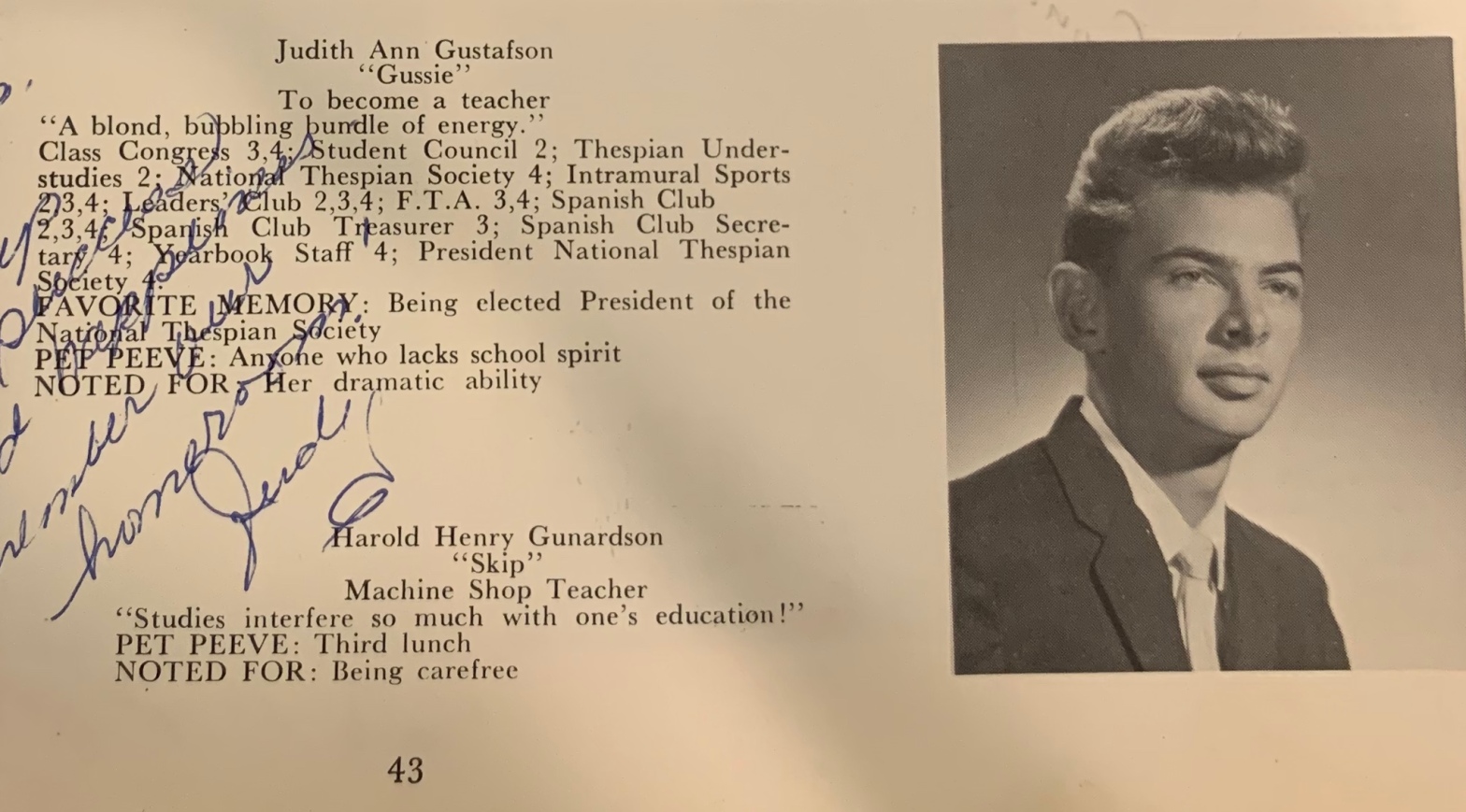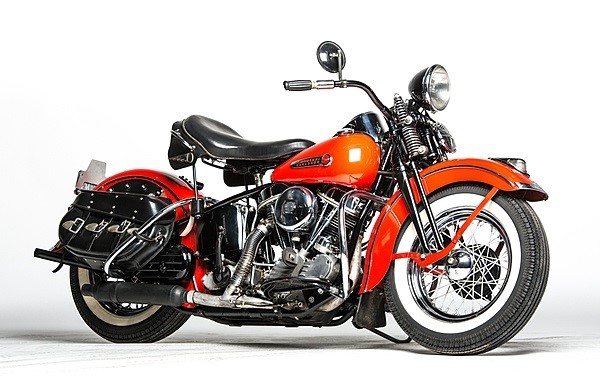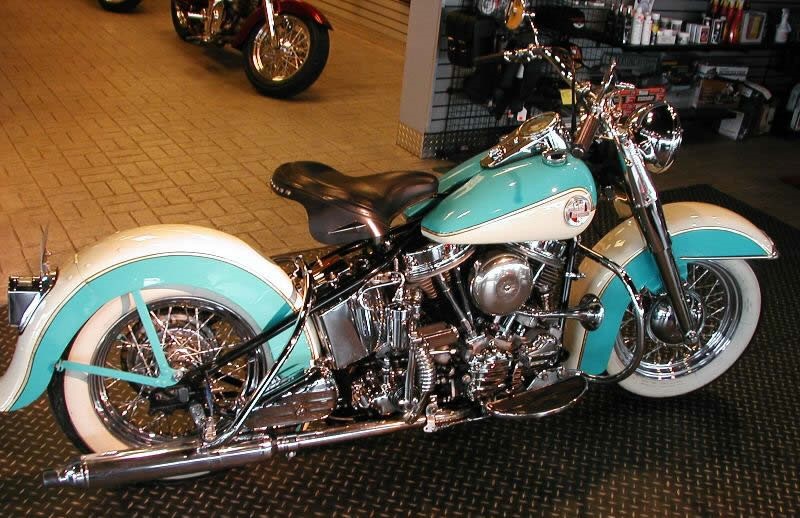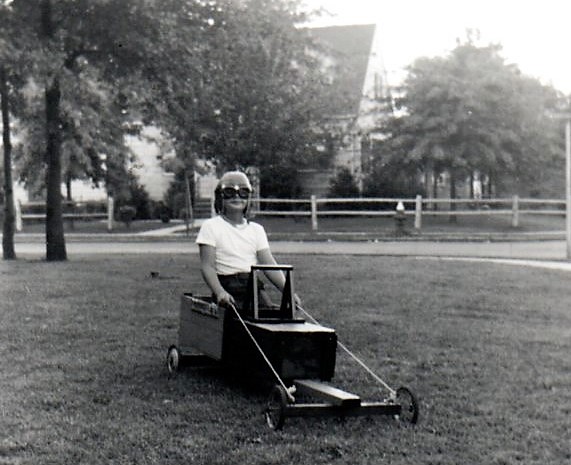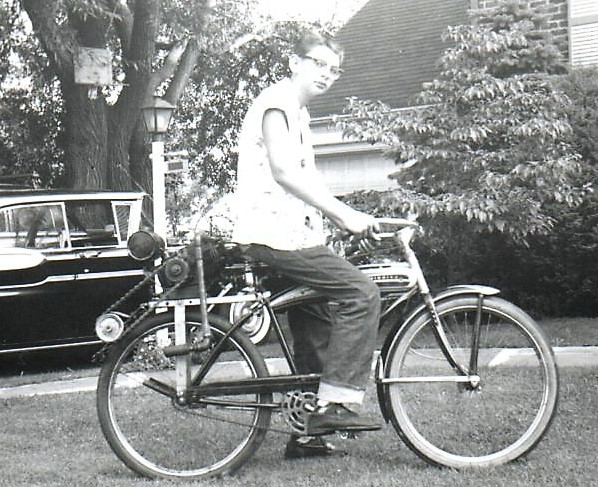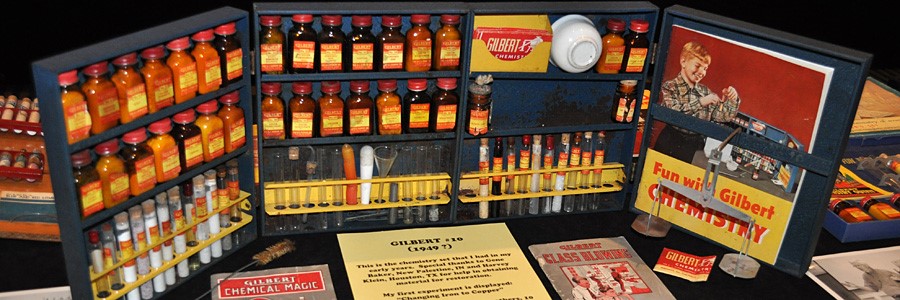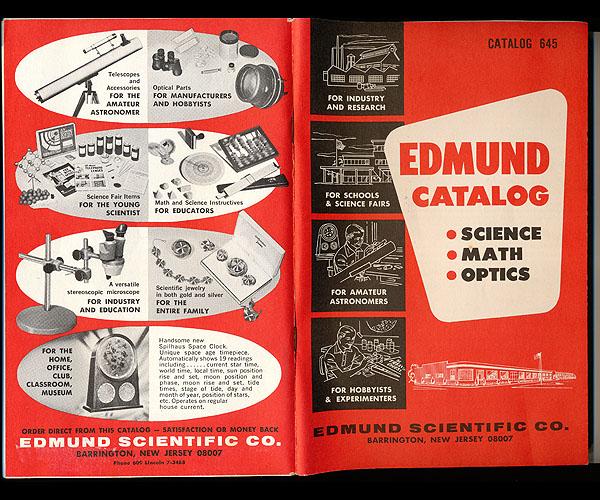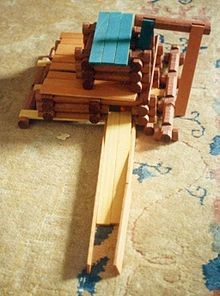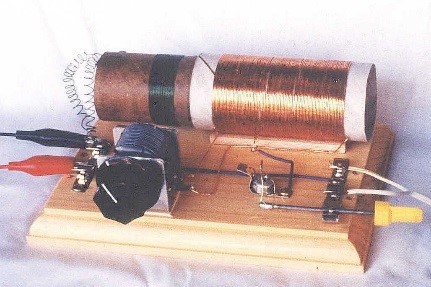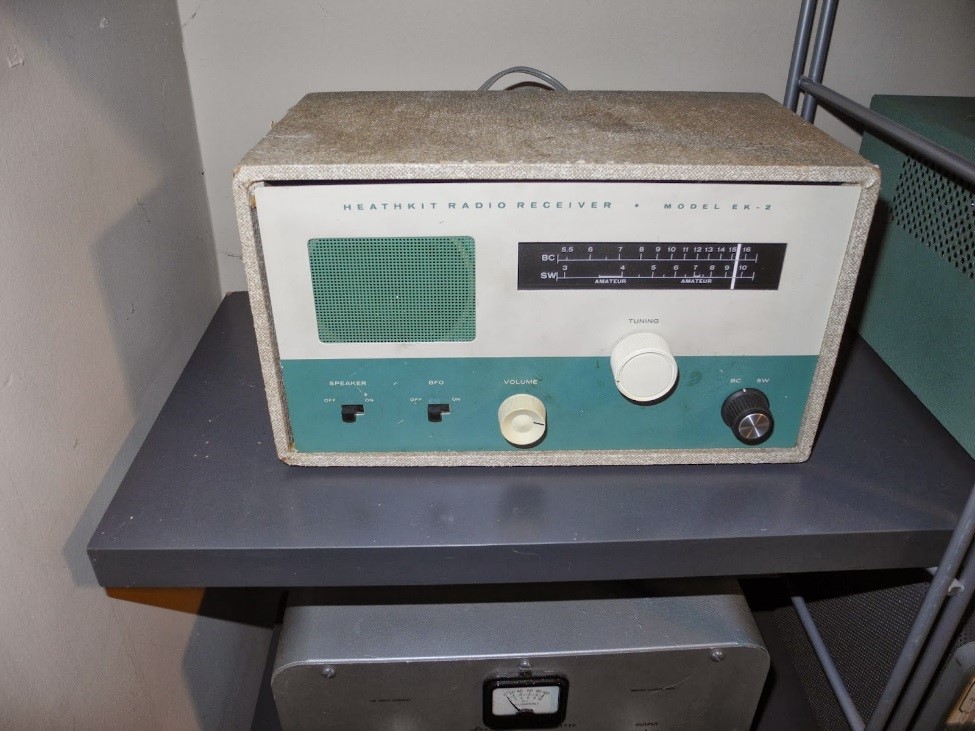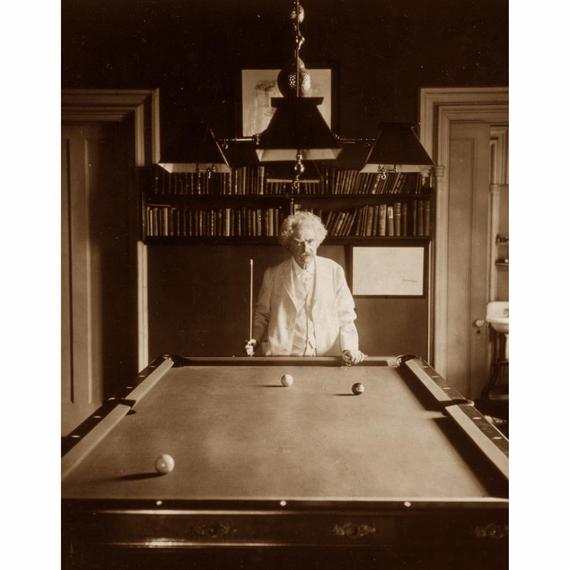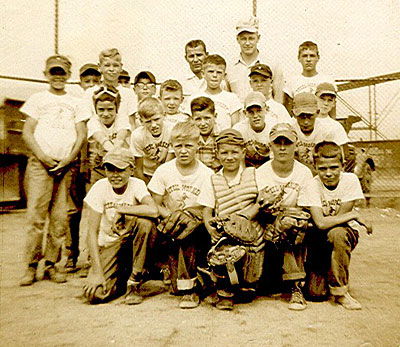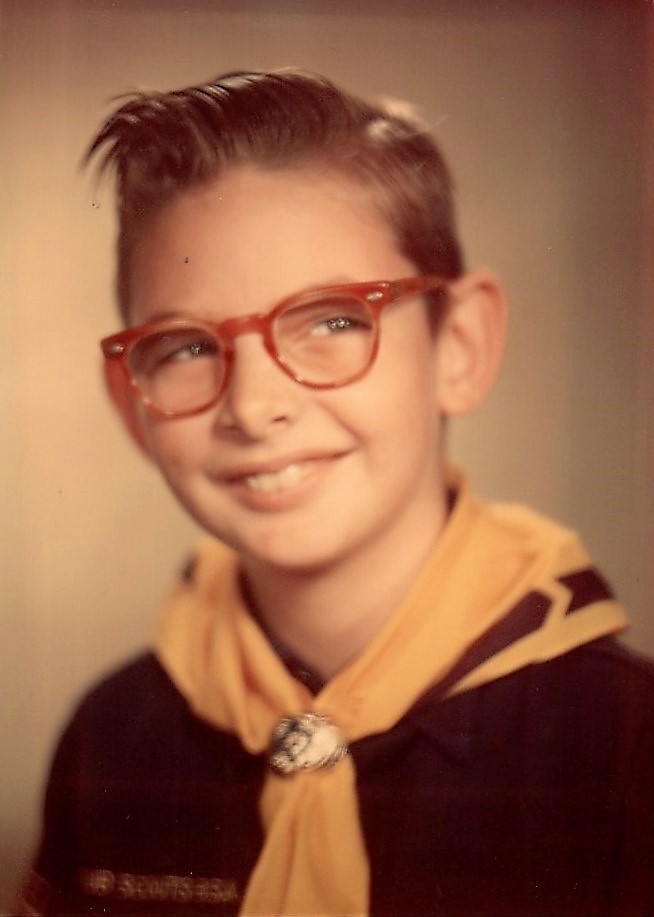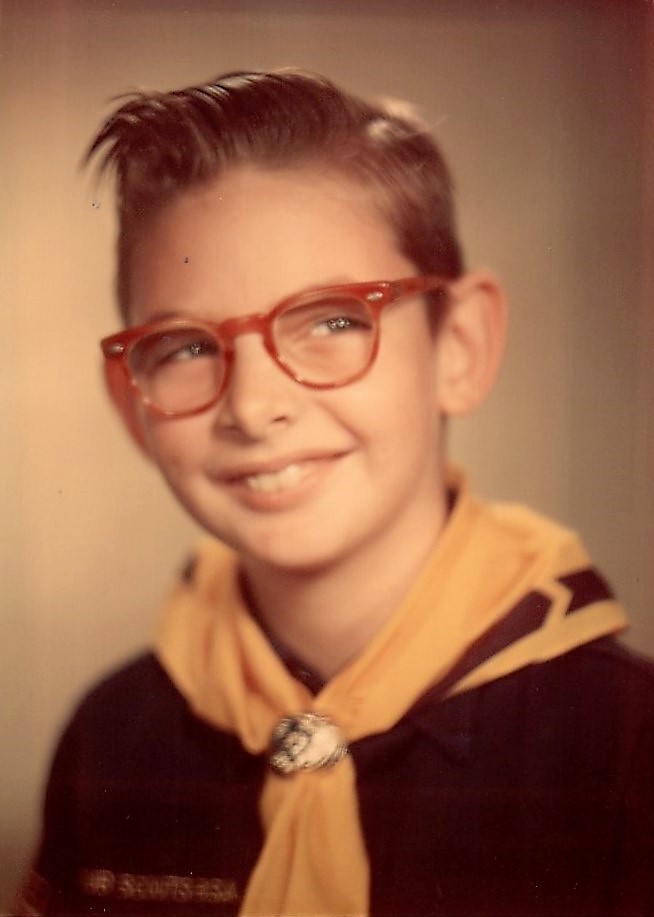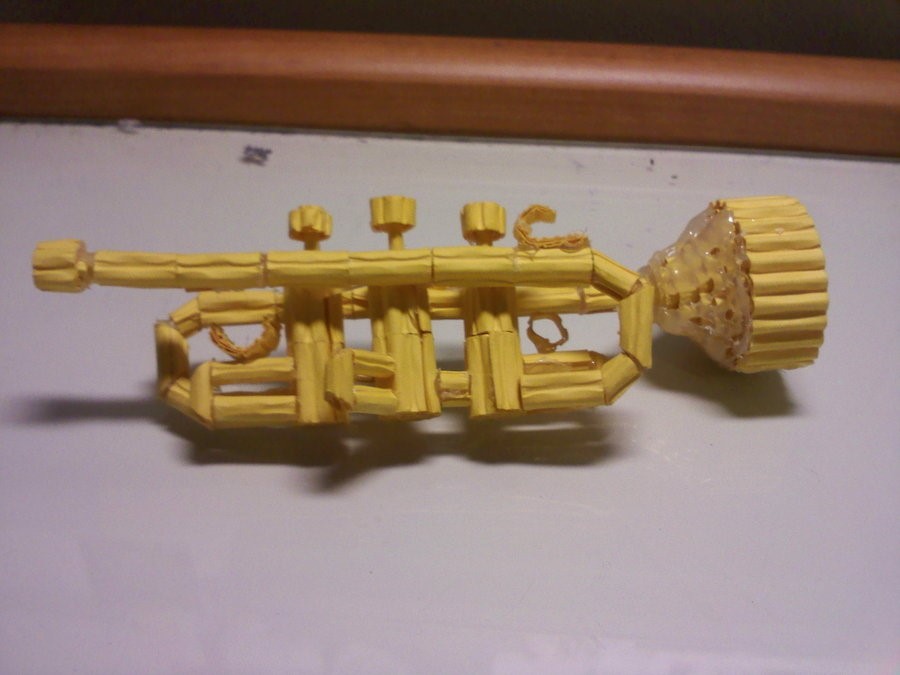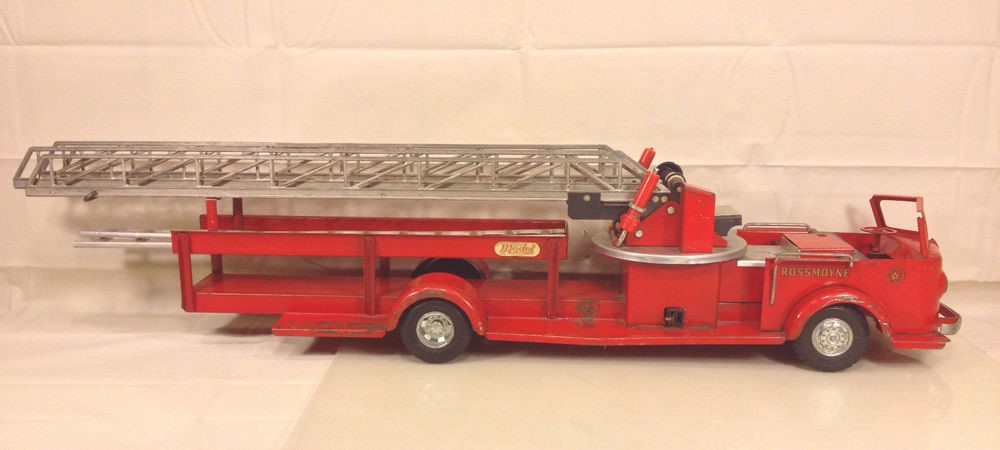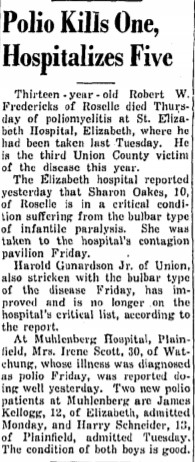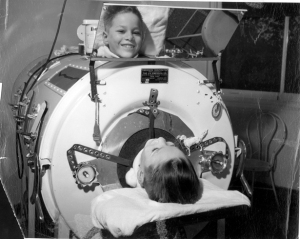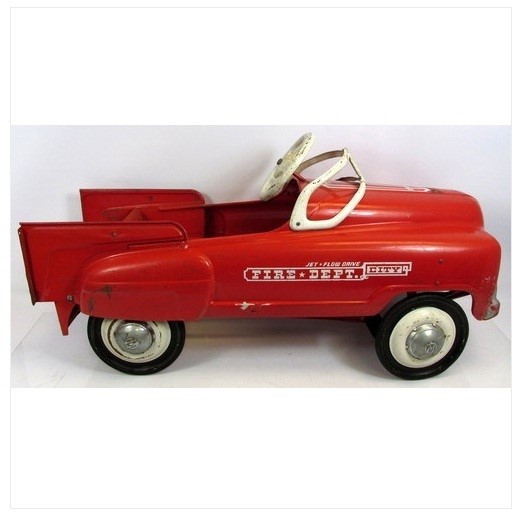Junior High School – Seventh Grade – A unique mostly toxic experience
NOTE – from Jill Gunardson-Johnston: Please note that after a lot of consideration, I have decided to post several blog posts with regards to my dad’s writings regarding race. From my perspective, his views were that of his experience and took a pragmatic view of the world. Those of you knew him, knew that he always approached controversial subjects from the perspective of curiosity and to engage in good debates and conversation. I hope these posts do not offend anyone in this PC culture, but after some deep thinking I felt that it was important to post these sections as they were written regardless.
Junior high school, sometimes called middle school, encompasses the 7th, 8th and 9th grades. High school is the 10th, 11th and 12th grade levels.
It was 1957 when I was about to enter the 7th grade and the township had recently built a new junior high school and initiated a junior high school program. The school was a considerable distance from home, and I was bused to and from school each day. This was a new experience since I could previously walk to my grammar school.
The other new experience was attending school with a substantial minority population. I don’t recall the exact percentage of non-white students, but it was about thirty percent. When I say non-white, there weren’t any Hispanics or Asians in this population, only Negros or today the politically correct term is Blacks. There were about 70% Whites and 30% Blacks in the student body. I didn’t realize it then but in hindsight I believe the reason for the new junior high school was the Civil Rights Act of 1957. The Federal Government under President Dwight D Eisenhower passed the Civil Rights Act to achieve among many other things the desegregation of public schools.
This was my first experience associating with people other than Caucasians and it was a completely different dynamic. I would say a significant percentage of black kids were conscientious and socially well adjusted. However, there were also more than a few that were big trouble. Their bizarre behavior was completely alien to me. I knew a number of white kids in grammar school that were badass, but nothing prepared me for the encounters I was to experience in junior high school.
When I was in grammar school, I befriended a kid my age that was an incorrigible badass. One afternoon we were hanging out and inadvertently wandered into the edge of the “black section” of our segregated hometown of Union, NJ. We were walking down the street when a group of five black kids were approaching on the other side of the street. They were screwing around making a general ruckus, shuckin and jivin as it were. Without warning my buddy crossed to the other side of the street and as soon as he got close enough hauled off and cold cocked the biggest one who was probably about two three years older than rest. My buddy then returned to our side of the street.
While the group of black kids dragged their friend off the pavement and continued on their way. I asked him why he did that, and he said they were fixing to come across the street and jump us, so I took it to them instead. He then offered the following advice, “if you ever get in a situation like that again always take them by surprise and attack the biggest one first, the rest will scatter. That’s the way those guys are.” It turned out it was sound advice. I didn’t need to apply it for a long time but many years later when I was dating my future wife, Joann it actually came in handy.
There is a city park nearby Joann’s childhood home in Roselle, NJ called Warinanco Park. I don’t know what it’s like today but back then it was usually a pleasant place to stroll without much concern for your personnel safety. Late one afternoon Joann and I were taking a leisurely stroll through the park and we stopped to rest on a park bench. There wasn’t anyone else in the area and we were just having a casual chat. Suddenly, a group of black kids showed up shuckin and jivin along the adjacent pathway. My first instinct was to get the hell out of there, so I abruptly told Joann, “Let’s go!”, and we started walking briskly down the path ahead of that group who were acting like they were just looking for trouble.
As we proceeded along the path, I could hear them closing in on us. I glanced back and sure enough there were about four or five of these guys of various sizes. They got closer and louder as we made our way towards the park exit and it was finally obvious that they were about to jump us. As they often do, the smallest one started to step on the back of our feet and eventually pushed me on the shoulder mouthing off with some nonsense, “Hey white boy, whatchu doin here?”
I already made a fist and decided to use the strategy I learned from my badass childhood buddy. I abruptly turned, took aim and coldcocked the biggest one who was actually about my size. The rest stopped dead in their tracks. They didn’t expect it and when it happened didn’t know whether to shit or go blind. The group just stood there dumfounded for a few moments and gave us a chance to take off and make it out of the park back to her house. When we told her Mom and Dad what happened they immediately called the police and reported it, but the punks were long gone, and nothing ever came of it.
When I settled down and took a look at my right hand there was blood almost up to my elbow and it wasn’t mine. Looks like I landed a good shot and maybe even broke his nose. After this episode from then until this day I always maintain a high degree of situational awareness and have become the master of slipping away undetected at the first sign of trouble.
I’ve survived every situation
Knowing when to freeze and when to run
And regret is just a memory written on my brow
And there’s nothing I can do about it now.
Willie Nelson – “Nothing I can Do About It Now”
My junior high school experience was an early affirmation of affirmative action in action. I was bussed quite a distance to attend this particular school whereas the grammar school and high school were both within a short walking distance from my home. Nonetheless, I was required to travel by bus to attend junior high school.
There was a young black girl who sat next to me in homeroom class. Our last names were alphabetically close, her’s being Gregory. And since our homeroom seat assignments were arranged in alphabetical order, we wound up sitting next to one another. And for three years of junior high and another three years of high school we were seat mates. Marywill Gregory was a pleasant, quiet, studious and somewhat introverted kid. She was sweet and petite. I liked her.
When we finally graduated all the students passed around their yearbooks so friends could autograph their pictures. Marywill signed mine “To Skip, with Love Marywill”. My Mom freaked out. I guess she thought I was going to bring Marywill Gregory home to meet the folks. There was no such plan, but Mom didn’t buy it.

At the other end of the spectrum was Carlota Delatoro, a large rotund intimidating specimen. It was the first time I ever heard a female with a dirtier mouth than any guy I’d ever met. I never heard the term “muh fucker” before until I met Carlota in the seventh grade. There sure were wide variations in that tribe.
